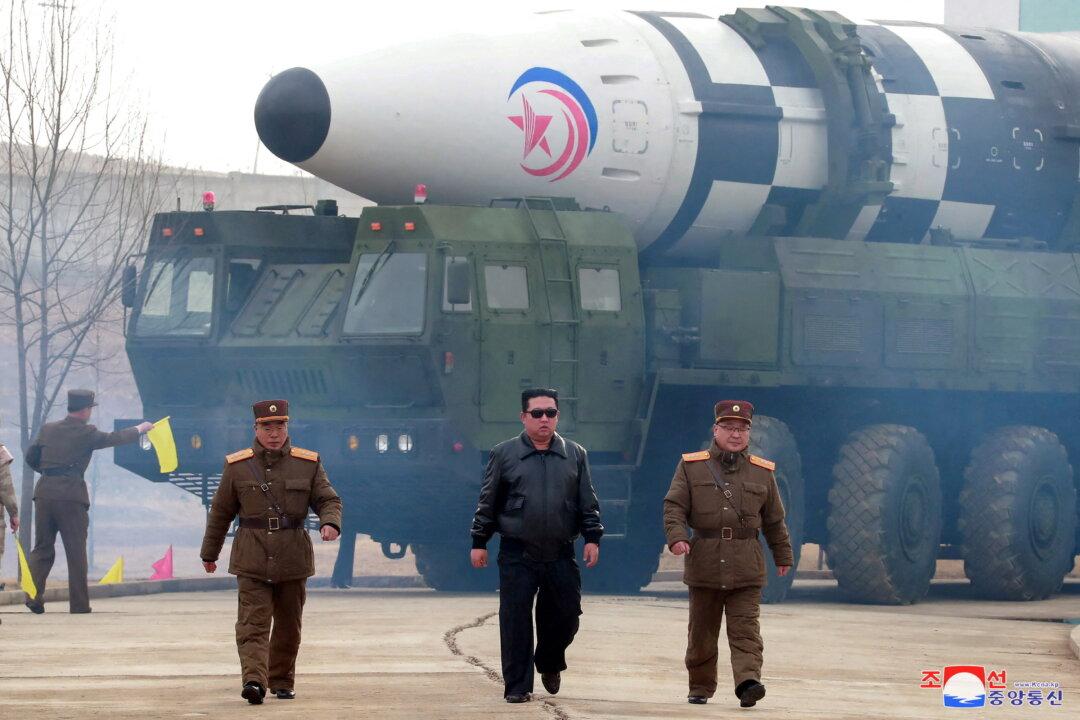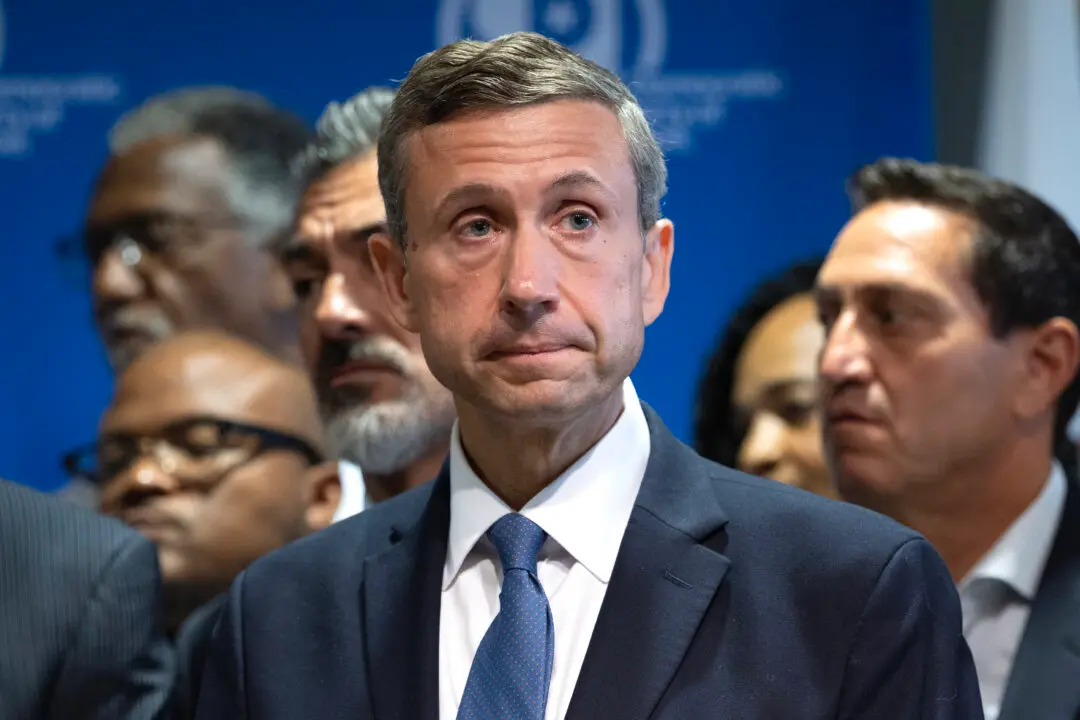South Korean lawmakers said on March 29 that North Korea last week faked the launch of a “monster missile,” claiming that the launch actually involved a smaller intercontinental ballistic missile (ICBM) that Pyongyang last launched in 2017.
North Korea claimed on March 24 that it test-fired a new type of ICBM, the Hwasong-17, which experts dubbed a monster missile capable of striking anywhere in the United States and beyond. Pyongyang’s state media also released footage of leader Kim Jong Un supervising the launch.





